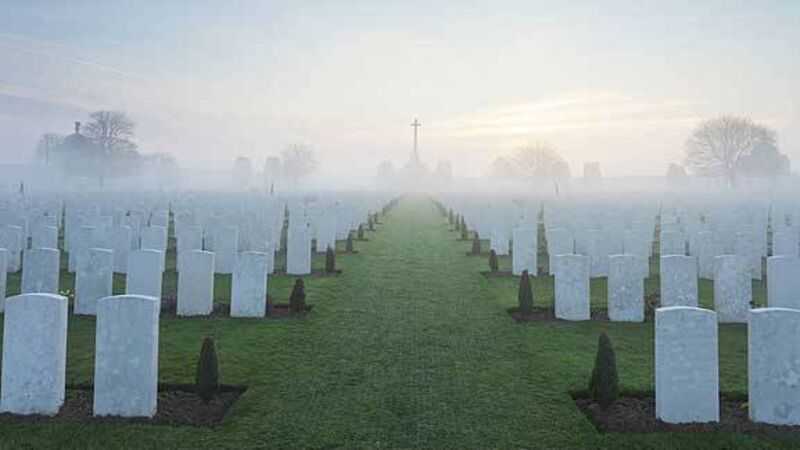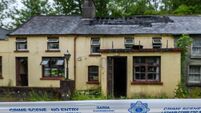The killing fields at Flanders are worth a visit

SOMETIMES it’s the little things that have the greatest impact. Like the tiny piece of German shrapnel that our guide retrieves from a drill in a cornfield in Flanders, Belgium, a century after “the war to end all wars” devastated this place.
It’s not unusual to find wartime munitions here. Every other day, 100-year-old shells, mortars and gas canisters are taken from the ground as part of an ‘iron harvest’ that is a constant reminder of a war that claimed the lives of millions, including 30,000-plus Irishmen.










